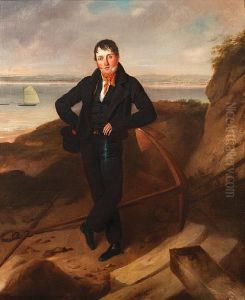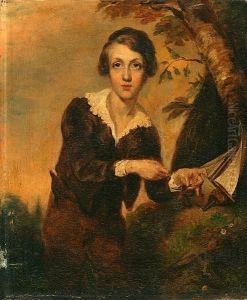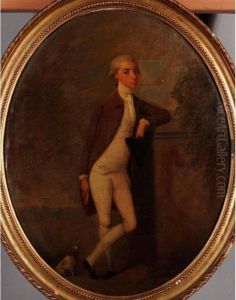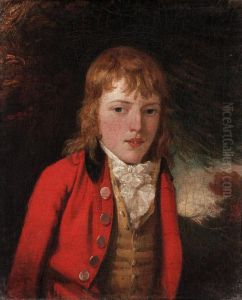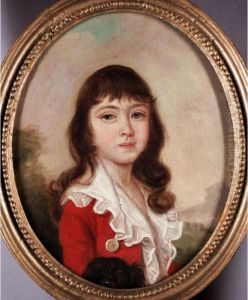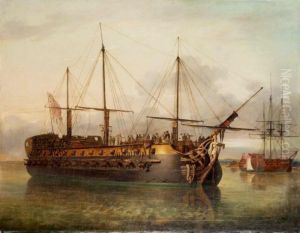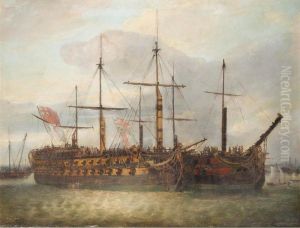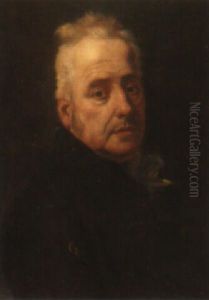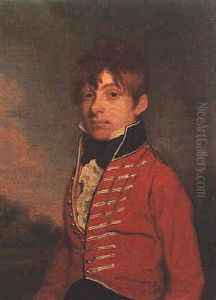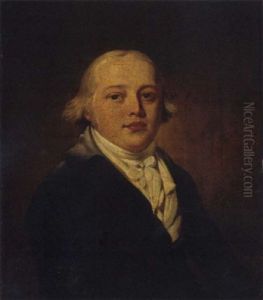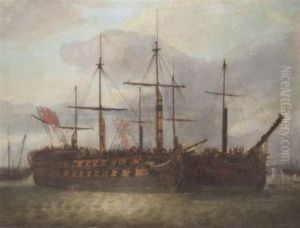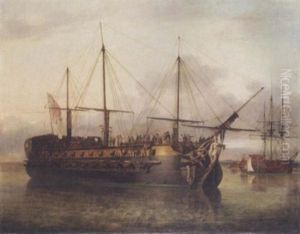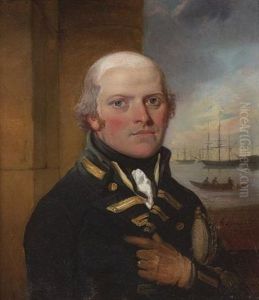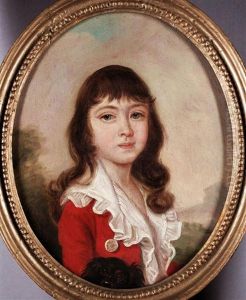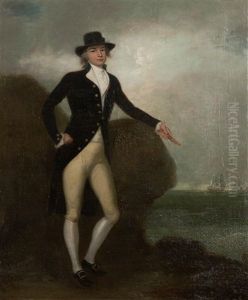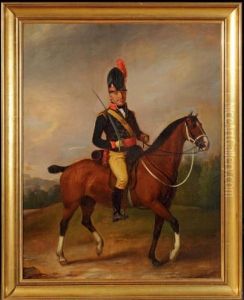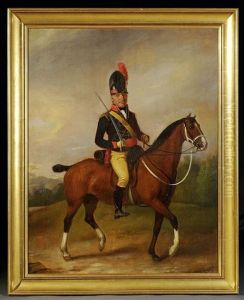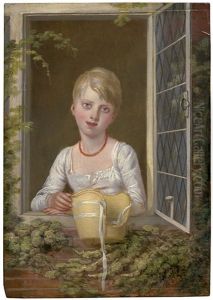Richard Livesay Paintings
Richard Livesay was a British artist, primarily known for his work as an engraver and painter during the late 18th and early 19th centuries. Born in 1755, Livesay began his career as an apprentice to the renowned Italian engraver Francesco Bartolozzi, who was working in England at the time. Under Bartolozzi's guidance, Livesay honed his skills in the art of stipple engraving, a technique that involves engraving small dots to create an image, which was particularly popular for reproducing portraits and other works of art.
During his career, Livesay produced a variety of works including portraits, historical subjects, and illustrations for books. One of his notable contributions was the creation of illustrations for a version of William Shakespeare's plays. Livesay's engravings were appreciated for their delicate execution and attention to detail, which captured the likeness and character of his subjects.
Outside of his engraving work, Livesay also pursued painting. While less is known about his paintings compared to his engravings, he exhibited at the Royal Academy and other venues. His artistic style was influenced by the prevailing neoclassical trends of the time, characterized by a focus on classical subjects and an emphasis on idealized beauty.
Livesay's career was sustained by the patronage system prevalent in the art world of his time, whereby wealthy individuals and institutions would commission works. This system allowed him to have a steady stream of work and to establish a reputation within the British art community.
Richard Livesay's contributions to the arts were recognized during his lifetime, but like many artists of the period, his fame did not endure long after his death in 1823. Today, his works can be found in various art collections and are studied by those with an interest in the history of British engraving and the art of the late 18th century.




